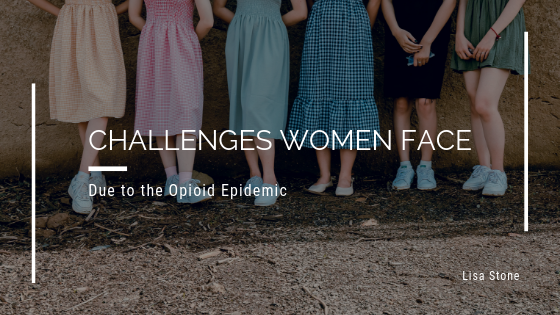News headlines and the voices of others have brought the country’s opioid epidemic to light. The number of overdoses that occur annually secondary to addiction are alarming. More than 70,000 people lost their lives in 2017 alone from accidental overdoses, which is nearly six times more fatalities than a decade ago. However, reports do not indicate the problem related to gender. The National Center on Health Statistics declared that since 1999, women suffer overdoses twice as often as men. There are a number of theories that might explain the dramatic difference, we go into more detail below.
Researchers from the Florida International University report studies that indicate women are more likely to become addicted compared to men. A woman may receive a five-day opioid prescription for a pain-related issue. By the time the prescription expires, the woman has become addicted to the pain reliever. Fear of obtaining treatment compounds the problem. Women fear the stigma attached to addiction and thus are reluctant to enter rehabilitation. Women fear that by coming forward and admitting the problem, they stand the chance of losing their jobs or children.
Studies reveal that the smaller body size of women is one reason why opioids have a greater impact on females compared to males. Both genders might undergo similar surgical procedures and receive prescriptions for narcotic pain-relieving medications. However, women are more likely to continue requesting the medication more than three months later. The problem indicates that women are more susceptible to cravings and recovery relapses.
Unfortunately, the country has not given women’s opioid addiction the attention that it needs and deserves. A survey taken in 2015 revealed that fewer than 44 percent of rehabilitation facilities offer treatment programs specifically designed for women. A mere 21 percent of centers offer programs for pregnant or postpartum mothers.
A lack of financial resources compounds the problem and prohibits many women from obtaining rehabilitation care. Single mothers and women representing minorities are less likely to have health insurance. The hope of Medicaid expansion was a vital factor in ensuring that women might have the chance to obtain rehabilitation. Sadly, only 14 states opted to expand the program, which leaves many women across the country without resources.
Of the states that chose to extend Medicaid programs, 14 refuse to pay for buprenorphine implants. Another 18 do not cover other forms of buprenorphine and nine do not cover methadone. Both of thee medications have proven to be successful in helping women overcome opioid addiction.

